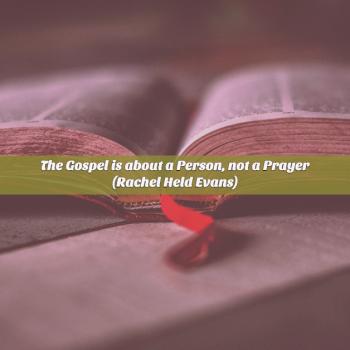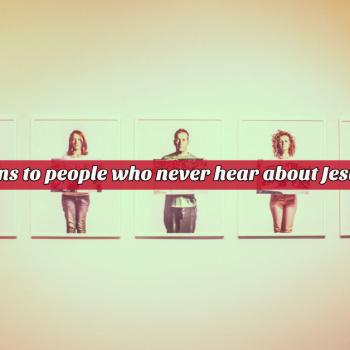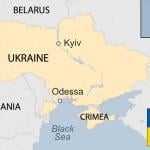*The following is written by Lawrence Garcia
For those on whom it is being imposed, “unity” can be an ominous word. After all, history has proven such words—unity, concord, and harmony—are usually employed ideologically by the social elite upon the marginal, a sort of rhetorical tool in the ideological tool belt of those situated at the pinnacle of power. Ancient statesmen and philosophers like Cicero and Seneca—Rome’s ruling elite—wrote about homonoia (concord) in which everyone was to do their part within the empire by helping to maintain the status quo; the radical social division between rich and poor, free and enslaved, male and female. Was Paul’s “Body of Christ” metaphor analogous to the concept of homonia? Did Paul develop this image of the Christological body as a way to promote an ideology that served to maintain their positions of power? No, says Yung Suk Kim in his book titled Christ’s Body In Corinth: The Politics of A Metaphor, a radical break from the traditional ecclesial-organic understanding of Paul’s metaphor “body of Christ.” In his book Kim argues:
In the context of a deepening fragmentation of the world today, we need to embrace a different conception of community—a community of all diversity and solidarity. I believe such a conception is available in Paul’s new imagination of the body of Christ as a collective participation in Christ crucified. In that community, the image of Christ crucified deconstructs the conception of the community based on powers of wealth, status, and identity and reconstructs the community based on sacrificial love and solidarity with those who are broken in society.
However, if Paul’s metaphor is going to take on new relevance, the vulnerabilities in the traditional ways we have understood Paul’s body image will have to be exposed. To this end, Kim deals head-on with both the “organic unity” approach that often results in the silencing of the marginal by trumpeting the social-norms of the “hegemonic voices” in the community, and the “corporate solidarity” approach which has a “broader conception of community,” but still fails in alleviating the plight of those residing at the margins. What is needed is a proposal that won’t wind up being the functional equivalent to the Roman concept of homonoia, after all, the problems in the Corinthian body are because they are practicing the very social values of the wider culture—“concord.” Thus, we have to wonder how a re-affirmation of the wider Greco-Roman values actually solves the problem of abuse of the poor by the rich at Corinth. Kim writes:
A new conception of community in the context of marginalization and social fragmentation requires that we imagine anew the Pauline “body of Christ” as a social site for realizing the ethical, holistic, and life-giving potentialities of Christ’s life and death. In particular, the image of Christ crucified may be seen as deconstructing powers and ideologies of wealth, status, or belonging and reconstructing the community through sacrificial love.
This will likewise entail a re-sketching of the “in Christ” metaphor, not as a static boundary marker per se, but as a spatial “gathering of differences” where the “weak” in Corinth can claim a place of significance and appreciation. This theory has a practical strength to it as Paul is not just conjuring up abstract metaphors, but aiming at cruciforming concrete ways of life in Corinth. To be “in Christ” is neither mystical nor existential, but a manner of life that participates and identifies with those—“the not many mighty” in Corinth for whom Christ has died. Such a reading actually addresses the problems we see cropping up throughout the Corinthian correspondence: ideological power struggles linked either to Paul, Apollos, Cephas, or Christ; the freedom touting that caused the weaker in Corinth to fall; and the exclusion of the marginal by the rich at communal meals, and especially, at the Eucharist. So, far from solidifying the existing hierarchies in Corinth, Paul’s “body of Christ” metaphor urges the strong to practice an active identification with the marginalized in Corinth for whom God identified himself with at Calvary.
Among the many volumes in the Paul In Critical Contexts series, Kim’s proposal is one of the most plausible re-imaginings of Paul and his writings. It both lays bare our often uncritical use of the “body of Christ” metaphor which if used to maintain ideological or social hierarchy in the church can actually rub against Paul’s reason for employing it. And if allowed to do its deconstruction/reconstruction of how we understand Paul’s term we will certainly witness an improvement in the way the wealthy and powerful in our churches relate with the lowly and weak, crystallizing Paul’s grand vision of a new creation at last.
——————————————————————————————————–
Lawrence is the Senior Teaching-Pastor of Academia Church in Goodyear, Arizona. He is a pastor devoted to the educational growth of his congregants, and the raising up of a new generation of disciples, who will think, tell, and live out the Christian story. Lawrence is currently attending Liberty University.












